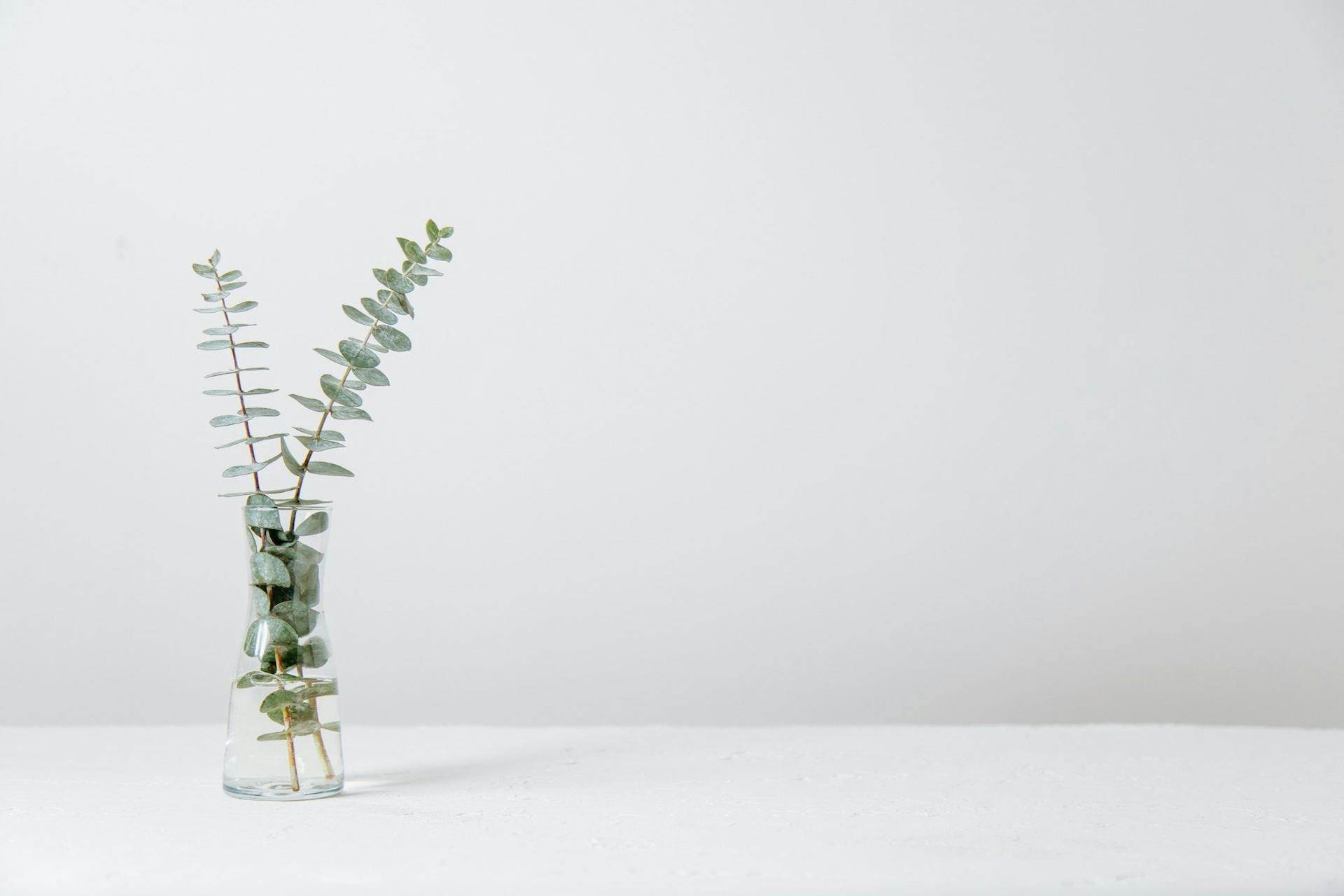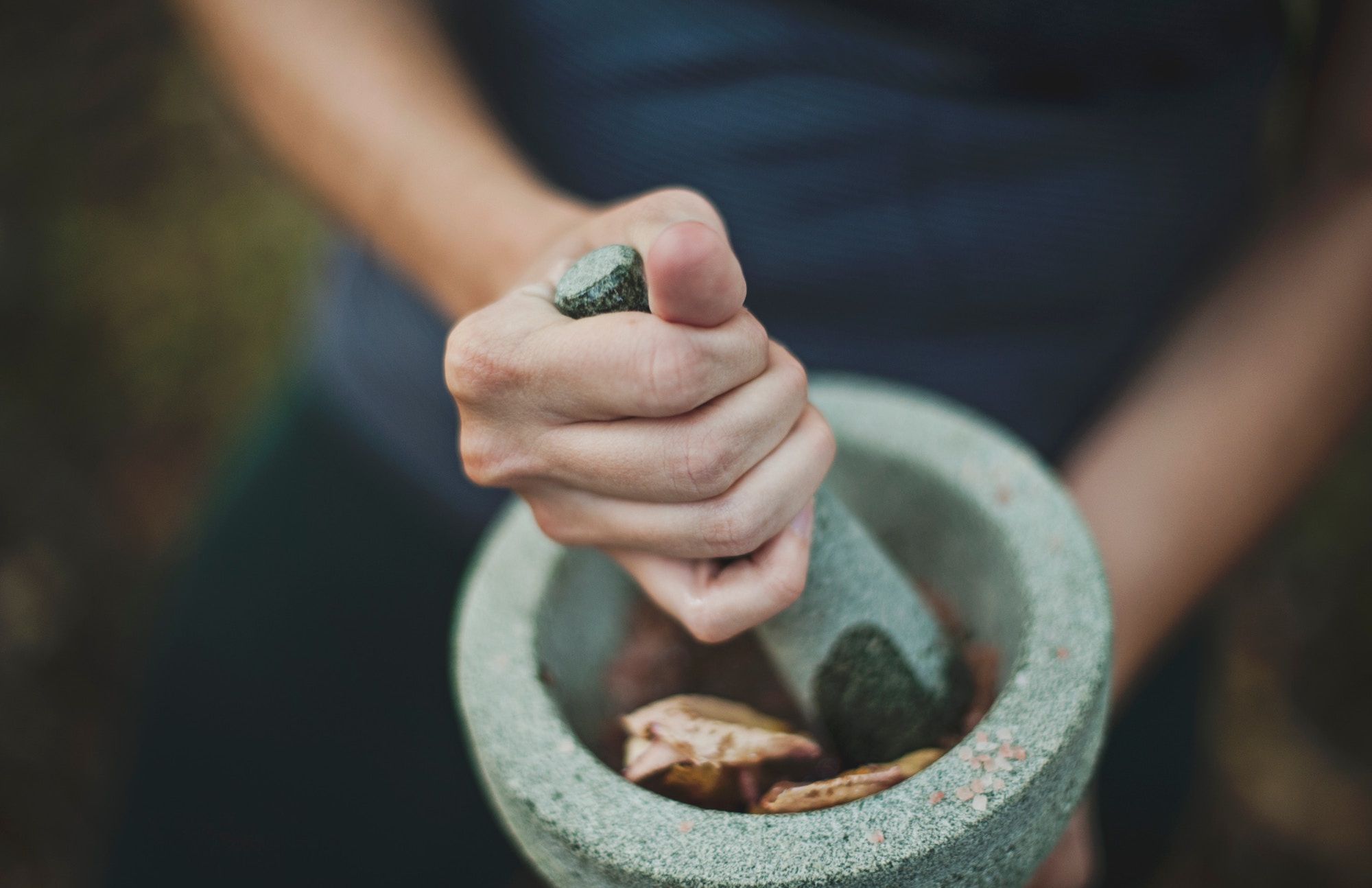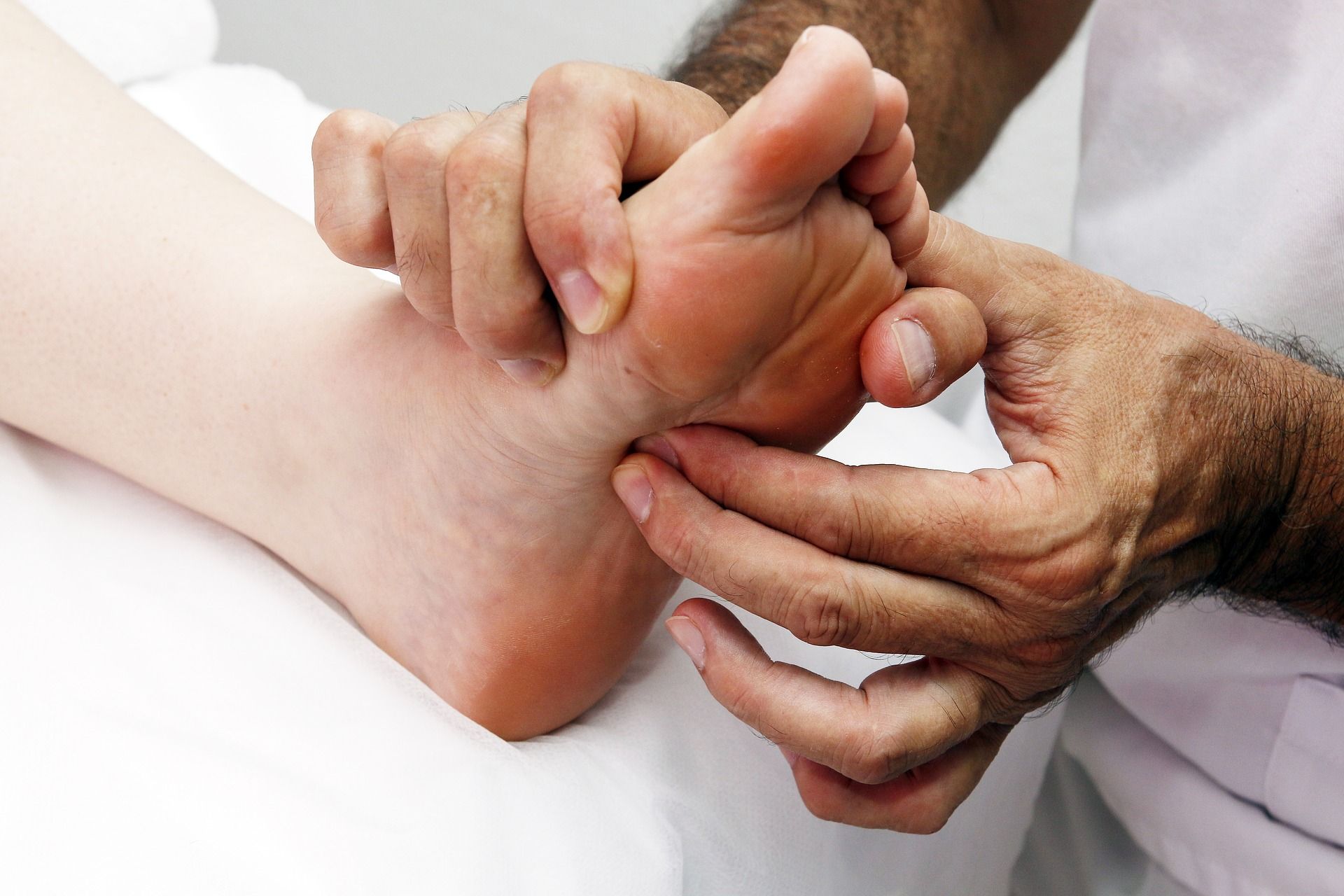The Complete Guide to Complementary and Alternative Therapy
updated on Jan 20, 2020

Want to know all of your options when it comes to looking after your wellbeing? We delve into the wonderful world of complementary and alternative therapy
Over the years the wellness industry has evolved and grown. And while there are some trends we’ll be steering clear of (sorry Gwyneth - we won’t be buying a candle that smells like your vagina), there’s a smorgasbord of therapies housed under the complementary and alternative therapy umbrella we’re happy to explore.
Because here’s the thing – we’re all different. What’s helpful for one person, won’t be helpful for another. We all have our own preferences, beliefs and approaches that resonate. So, it can be helpful to know that if one approach doesn’t work, we have other options.
What are complementary and alternative therapies?
Anything that doesn’t fit under conventional or ‘standard’ medical care can be called a complementary or alternative therapy (or complementary and alternative medicine, CAM). These practices, products and therapies include approaches that have been used throughout history such as aromatherapy, yoga and ayurveda. Some have roots in ancient Eastern philosophies of health such as Traditional Chinese Medicine, like acupuncture and herbalism.

The aim of these approaches is to be holistic and treat the whole person, not just the symptoms. This means they can help with both mental and physical health, and your overall wellbeing will be taken into account.
Complementary therapies are intended to be used alongside conventional approaches. For example, if you’re receiving treatment for cancer you may benefit from exploring complementary therapy to help cope with the side-effects.
Alternative therapies are generally used in place of a conventional approach. Often this is the case when someone has tried a number of conventional approaches but they haven’t found them helpful. For example, if you find conventional approaches to anxiety don’t help, you may decide to try aromatherapy or yoga.
Of course, many therapies here overlap and can be used as either a complementary therapy or an alternative. Whichever way you choose to use a therapy, you are advised to speak to a medical doctor before trying a new therapy, especially if you’re receiving treatment for a condition.
Are complementary and alternative therapy practitioners regulated?
Most therapies that fall under the CAM umbrella are not currently regulated in the UK (with the exception of physiotherapists, chiropractors, osteopaths and chiropodists). This means there are no laws that say what level of training someone needs in order to practice.
There are, however, several professional bodies which self-regulate certain therapies. Therapists can choose to join a professional body and then the body will ensure they meet their training requirements. Professional bodies have a complaints procedure, so if you’re unhappy with your treatment, you will be able to make a complaint.
When you come to search for a complementary or alternative therapist, we recommend you ask about their qualifications, ensure they have insurance and see if they have a membership with a professional body. They don’t need to be a member of a professional body in order to practice, but if you’re worried, this may help put your mind at ease.

Can I get complementary and alternative therapy on the NHS?
While there are some complementary and alternative therapies options through the NHS, sadly, they’re not widely available. Speak to your doctor to find out the availability in your area; if you can’t get what you need on the NHS, you may need to look for a private therapist.
The National Institute for Health and Care Excellence (NICE) offers guidance to the NHS on which treatments are effective. Currently they recommend the use of CAMs in certain circumstances, including:
- the Alexander Technique for Parkinsons
- acupressure and ginger to help with morning sickness
- manual therapy for back pain
Five common complementary therapies and how they can help
The great thing about these therapies is that there are lots to choose from. So, take your time if you’re new to the world of CAM and see what resonates with you. Here we explore five common therapies and how they could support you.
1. Acupuncture
Using very fine needles, acupuncture aims to bring balance to the body’s energy flow (known as qi – pronounced chee). Traditional Chinese Medicine works on the premise that we have energy within our bodies, carried by meridian channels. You can imagine this like a network of rivers.
It’s believed that when these energy channels become blocked or stagnant, our physical and mental health are affected. Stimulating the meridian channels with needles is thought to remove blockages to restore flow.
Despite what it sounds like, this therapy is not supposed to hurt and many report feeling very calm throughout. Acupuncture is particularly helpful for pain-related conditions including migraines, tension headaches and back pain. Many practitioners say this treatment can support overall wellbeing, mental health and work as a preventative to future ill health.
2. Reflexology
In reflexology it’s believed that certain areas on the feet, hands and ears (called reflexes) relate to other areas of the body through the nervous system. The aim is to apply pressure and massage certain reflexes to encourage energy flow and natural healing.
This approach is wonderful at reducing stress as the experience itself is very calming. As well as helping with stress, reflexology is thought to help ease pain, help with insomnia, improve circulation and support overall wellbeing.
Digital Marketing Executive at Happiful Katie has reflexology to help cope with the after-effects of glandular fever.
“During the treatment, I’m so relaxed. I have actually fallen asleep many times and I almost feel I’m floating or in a trance-like state, completely at ease with myself and my surroundings. It allows me to accept the symptoms I struggle with, acknowledge why they are there but also trust that my body will eventually heal itself.”

3. Reiki
Reiki is considered an energy healing therapy, and again the aim here is to maintain balance within this energy. Reiki practitioners attune themselves to Reiki energy and then use their hands to help balance energy. This doesn’t often involve touching, and may be used with hands above the body.
You will be lying or sitting, fully clothed in a calm and relaxing room. Encouraging relaxation, Reiki is ideal for those feeling overwhelmed, disconnected or isolated. The process can help you feel more centred and able to cope with life’s ups and downs.
Because this approach is non-invasive, it’s suitable for all ages. However, as with all of these approaches, if you have a medical condition or injury, be sure to tell your practitioner so they can take the necessary precautions.
4. Aromatherapy
Using essential oils from plants and flowers, aromatherapy can be used in a number of ways. The most common are through inhaling the scents (usually by burning essential oils) or by applying the oils (usually by massage). Aromatherapy massages are a popular way of enjoying essential oils, combining the healing power of essential oils with the physical benefits of massage.
Aromatherapy can be used for several conditions but is thought to be particularly helpful for people struggling with stress, anxiety and insomnia. It’s also been suggested by NICE that aromatherapy can help ease feelings of agitation in those with dementia.
5. Bowen Technique
Targeting certain parts of the body with gentle rolling movements, the Bowen Technique is a physical therapy that looks to help the body balance, repair and reset itself. The approach was developed in the 1950s by Tom Bowen and it is holistic by nature, looking at the whole person, not just the condition presented.
Believed to be helpful for a wide range of conditions, Bowen therapy can be especially helpful for back, neck and shoulder pain.
This really is just the tip of the iceberg when it comes to complementary and alternative therapies. If it’s an area you’re interested in, we recommend doing your research and having fun exploring different approaches. Some will require you to work with a professional, others you might be able to try at home yourself.
Try some different therapies out, see what helps and remember to keep your doctor in the loop at all times.

